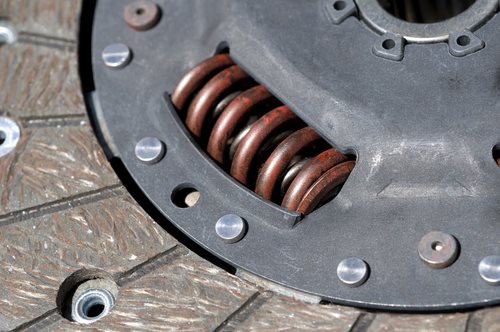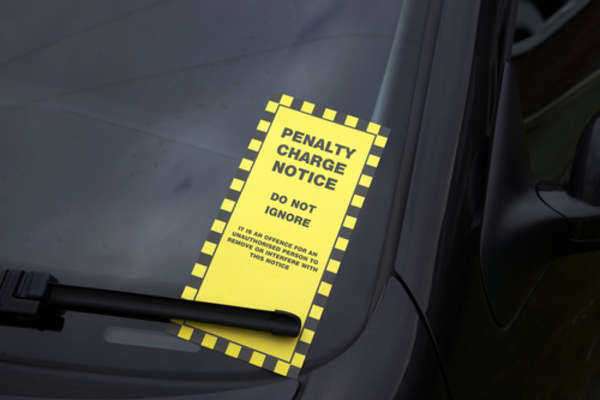
An ignition interlock is a device that
was created to prevent people from driving under the influence of alcohol,
therefore preventing accidents and deaths. An ignition interlock device is an apparatus
that is installed on the dashboard of a motor vehicle. The device requires the
driver to breathe into it, much like a breathalyzer
of a sensor that utilizes an ethanol-specific fuel cell through which the
alcohol endures a chemical oxidation reaction at a catalytic electrode surface,
generating an electric current. The electric current that is made, is then
measured and converted into alcohol equivalent reading. During its function, the
driver will be required to breathe into the ignition interlock device,
providing it with a breath sample. Once the breath sample is clean, the engine
will start and the person is ready to drive. If the breath sample contains a
higher BAC than the one set on it, the engine will not start until it receives
a clean breath sample. Some people think they can bypass the device by having a
friend breathe into it for them, and once the engine starts they are home free.
This is false, the device can ask for a reading during operation to verify its
results. Should the reading come back above the BAC limit, the car will set off
alarms such as flashing lights or horns honking, alerting people (mainly police
officers) until the car is safely pulled over and shut off. People once
believed that if it read while driving and the result came back that way, that
the car would simply shut off. This is absurd for many reasons, it would pose
safety issues for not only the driver but also the drivers around him if the
engine simply shut off on a highway. That is why the device does not have the
power to shut off the car engine, simply to impede it from starting. Doing so
doesn’t mean that the person gets away with it though. Since these devices are
mainly court ordered, they are checked and calibrated at 30-90 day intervals.
The device logs any data into the vehicles electrical system of its activity,
and this activity is downloaded every time the device is calibrated. If the
activity shows some violations, a judge can impose additional penalties for the
offender.
alternative to sentencing in almost all of the United States’ 50 states, and
are imposed as well in Canada. More and more DUI offenders are being required
to install these devices in their vehicles, especially repeat offenders. The
devices themselves are said to cost about $75 US Dollars to maintain, which is
usually paid for by the offender (similar to ankle bracelets for people under
house arrest).






















